Belarus Tour Guide: Ideas for Your Trip!
History in open-air: Belarusian skansen museums that are worth visiting
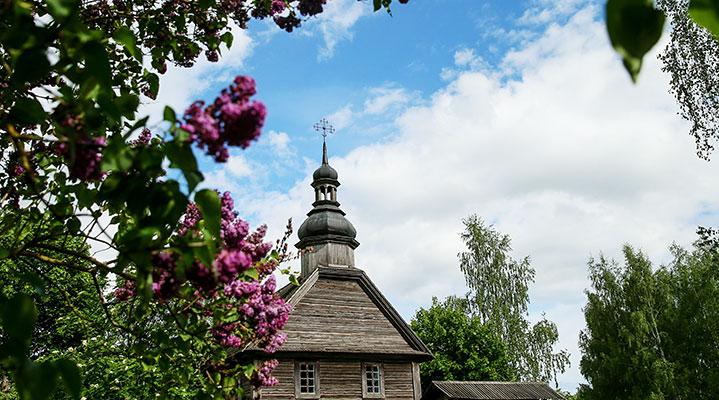
Open-air vernacular architecture museums are popular and loved around the world. The idea was first implemented in Sweden at the end of the 19th century in the form of Stockholm Skansen which turned into a tourist draw. It remains a popular concept today. Even the word “skansen” has become a household name.
The Belarusian State Museum of Folk Architecture and Rural Lifestyle was the only open-air museum in Belarus for many years. It was set up in the vicinity of Minsk in the 1970s-1980s. The idea was to show the way Belarusians lived centuries ago as visually accurate as possible. Ancient specimens of wooden architecture – peasant huts, the 18th century Protection Church and a schoolhouse, a windmill, a tavern – were collected from all over the country and re-assembled here…
This museum was followed by an array of other open-air museums. They recreate either a nobility manor estate or a village with authentic buildings. Folk-museum artists wearing period costumes imitate villagers and teach tourists some crafts skills. And of course, here you can take part in an ethnic fest or a big festival and taste something delicious from the Belarusian cuisine.
Belarusian State Museum of Folk Architecture and Rural Lifestyle in the village of Ozertso (Strochitsy)
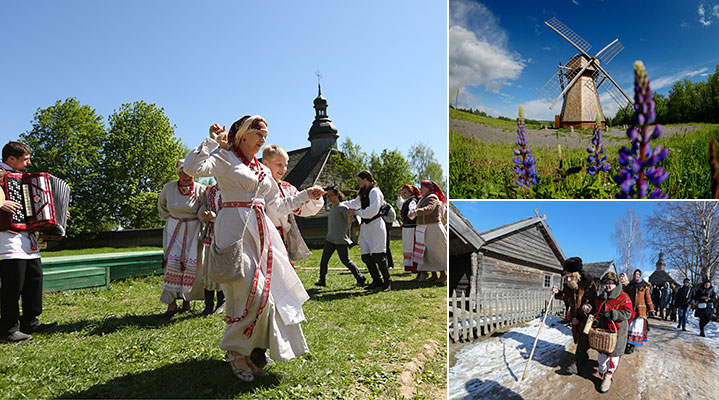 This museum is known as a living place of the most fragile and rapidly waning heritage – wooden architecture of the 17th-20th centuries! Thanks to joint efforts of historians, ethnographers, amateur local historians, the museum has recreated a truly authentic village in the suburbs of Minsk. Today it is a cultural hub promoting local customs and traditions. All year round the museum performs beautiful rites from the folklore calendar of different regions of the country and hosts merry ethno-fests and big folk festivals.
This museum is known as a living place of the most fragile and rapidly waning heritage – wooden architecture of the 17th-20th centuries! Thanks to joint efforts of historians, ethnographers, amateur local historians, the museum has recreated a truly authentic village in the suburbs of Minsk. Today it is a cultural hub promoting local customs and traditions. All year round the museum performs beautiful rites from the folklore calendar of different regions of the country and hosts merry ethno-fests and big folk festivals.
Interestingly, the idea of creating such a museum in open air was first voiced in 1908 by famous landscape artist Ferdinand Rushchits. But it wasn't until nearly seven decades later that it began to come to life. Authentic things were collected during ethnographic expeditions around the regions and brought to Ozertso. The museum runs exhibitions dedicated to architecture, culture and way of life of three ethnographic regions: central Belarus, the Dvina River region and the Dnieper River region.
The museum also has permanent exhibitions “Transport vessels in Belarus”, “Beekeeping in Belarus”, “Belarusian linen”, “Zabrodskie gear" (dedicated to fishing in Belarus).
Where: Ozertso village, Minsk District
GPS coordinates: 53.832954, 27.374128
Dudutki Museum Complex of Ancient Crafts and Technologies
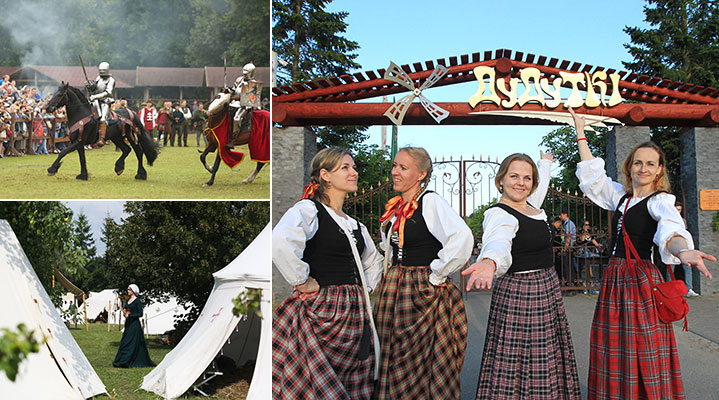 This eye-catching museum complex is located 40 km from Minsk in a picturesque place near the Ptich River. Centuries ago, the famous noble family of the Yelskys who lived nearby turned the village of Dudichi into a large center of crafts and trade, ‘an estate of muses’. By 1800, the family’s compound encompassed not only their mansion and workshops, but also a wooden church, a mill, three taverns, a garden, a greenhouse, and a small tannery. The place hosted fairs every month.
This eye-catching museum complex is located 40 km from Minsk in a picturesque place near the Ptich River. Centuries ago, the famous noble family of the Yelskys who lived nearby turned the village of Dudichi into a large center of crafts and trade, ‘an estate of muses’. By 1800, the family’s compound encompassed not only their mansion and workshops, but also a wooden church, a mill, three taverns, a garden, a greenhouse, and a small tannery. The place hosted fairs every month.
In 1994, the fascinating history of Dudichi was perpetuated by a museum complex that recreated the way of life of the 19th century Belarusian countryside. Visitors to Dudutki can tour an ethnographic gallery with an exposition of household items dating back to the 18th-20th centuries, workshops of artisans, a 19th-century smithy, a cheese dairy, a bakery, a brewing workshop. In addition, there is a garage with vintage cars, a zoo, a Dutch-style windmill (1903–1905), a wooden church of John the Prophet …
Dudutki hosts folk festivals and historical reenactment events throughout the year. Here you can visit Our Grunwald Festival, one of the most famous festivals of medieval culture and music.
Where: Village of Ptich, Pukhovichi District, Minsk Oblast
GPS coordinates: 53.596029, 27.684187
Park-Museum of Interactive History Sula
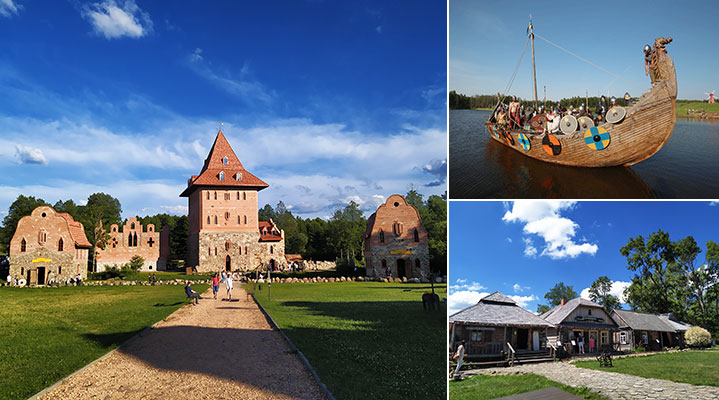 The lands on the edge of ancient Naliboki Pushcha, where the Sula rivulet flows, have seen remarkable events and heroes since ancient times. They were owned by King Stephen Bathory, the dynasties of the Vishnevetsky, Radziwill and, ultimately, the Lensky… In the 21st century, the former estate was turned into an interactive history park, one of the country’s most popular open-air museum projects.
The lands on the edge of ancient Naliboki Pushcha, where the Sula rivulet flows, have seen remarkable events and heroes since ancient times. They were owned by King Stephen Bathory, the dynasties of the Vishnevetsky, Radziwill and, ultimately, the Lensky… In the 21st century, the former estate was turned into an interactive history park, one of the country’s most popular open-air museum projects.
Immersion into the history of Belarus begins from the very first minutes. An interactive excursion route links more than 10 thematic locations dedicated to different periods of the country’s past, from antiquity to the early 20th century. A symbolic departure point is the Gate of All Stars cromlech, an ancient man-made megalithic structure telling visitors about the megalithic culture, the origin of the universe and anthropogenesis. Visitors then proceed to an ancient man’s camp, a site of Slavic cultures with a mysterious house of Vedunya, and a Varangian pier. They are also invited to take a water trip on a Viking boat – a drakkar, which floats along the Sula pond all day.
The site with the telling name “Belarus is the country of castles” unites a Gothic quarter, a recreated Sulskaya Vezha tower, a weapons smithy and a pottery workshop.
The exposition of the Jesuit College details the history of education and enlightenment in the territory of Belarus. The Royal Assembly introduces visitors to the heyday of the nobility when settlements in the vicinity of Sula prospered during the reign of King Stephen Bathory and displays a collection of coats of arms of the Belarusian nobility. The trademark local drink ‘starka’, dubbed the Belarusian whiskey, is made in Sula Distillery using old recipes and technologies.
The Belarusian Town section offers a glimpse into what a 19th-century town looked like. It features a herbal apothecary, weaver’s and hatter’s houses, the puppet theater batleika, and a Jewish house/store. Last but not least is the mansion and the rotunda chapel of the Lensky family that preserve the memory of this family and their tragic fate…
Where: 14, the village of Sula, Stolbtsy District, Minsk Oblast
GPS coordinates: 53.738789, 26.883066
Archaeological Museum in Belovezhskaya Pushcha
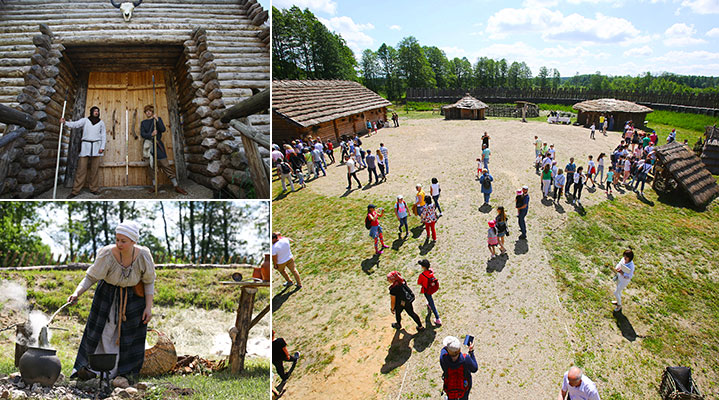 In 2019, after archaeological excavations, Belarus established its first open-air archaeological museum in Belovezhskaya Pushcha, the oldest forest in Belarus and Europe. Scientists found unique artifacts near the village of Kamenyuki: dozens of lithic cores that might have served a ritual purpose, a Scythian bronze arrowhead of the 5th-4th century B.C., which proves the Scythians also visited the territory of present-day Belarus. Other findings included the Bronze Age artifacts: dishes of the Trzciniec culture, objects of the Corded Ware culture, houses and outbuildings… These priceless artifacts prompted Belarus to set up an open-air museum in this unique place.
In 2019, after archaeological excavations, Belarus established its first open-air archaeological museum in Belovezhskaya Pushcha, the oldest forest in Belarus and Europe. Scientists found unique artifacts near the village of Kamenyuki: dozens of lithic cores that might have served a ritual purpose, a Scythian bronze arrowhead of the 5th-4th century B.C., which proves the Scythians also visited the territory of present-day Belarus. Other findings included the Bronze Age artifacts: dishes of the Trzciniec culture, objects of the Corded Ware culture, houses and outbuildings… These priceless artifacts prompted Belarus to set up an open-air museum in this unique place.
The museum will be expanded to comprise seven facilities exploring the history spanning from the Stone Age to the Middle Ages. Three facilities are already up and running.
“Settlement of the Late Bronze Age, Early Iron Age” is a settlement that was recreated on the basis of scientific research. It shows how people lived in this territory in ancient times: how they built their houses, made tools, dishes, clothes…
“Ancient Germanic settlement of the Iron Age” features a house and a forge of the Wielbark culture and the Przeworsk culture of the 2nd-4th centuries A.D. Visitors to the museum can learn about the legendary Goths who migrated from the Baltic Sea to the Black Sea in the first centuries A.D.
“Slavic settlement of the Early Middle Ages” comprises farmsteads of different periods of life of the Slavic peoples in the territory of Belarus and tells about their everyday life, military activities, farming, culture, crafts and trades.
Where: Belovezhskaya Pushcha, the agrotown of Kamenyuki, Kamenets District, Brest Oblast
Outdoor Museum Zabrodye
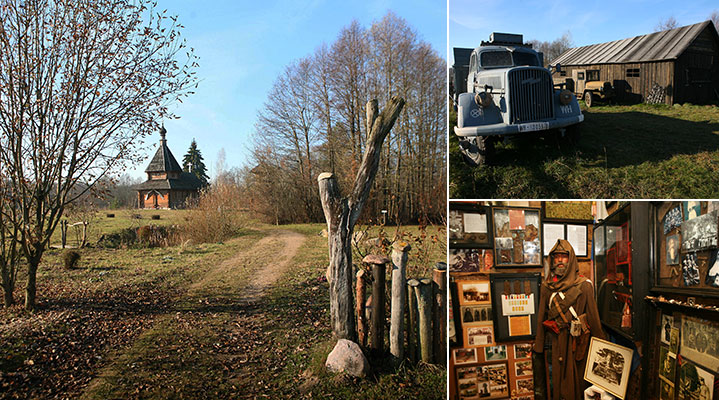 The original village of Zabrodye is located in a historic place on the bank of the Narochanka River, the frontline during World War One. The family of the Belarusian painter and local lore specialist Boris Tsitovich converted it into a unique outdoor museum and a captivating tourist complex with an authentic atmosphere, vernacular traditions, and an atmosphere of art.
The original village of Zabrodye is located in a historic place on the bank of the Narochanka River, the frontline during World War One. The family of the Belarusian painter and local lore specialist Boris Tsitovich converted it into a unique outdoor museum and a captivating tourist complex with an authentic atmosphere, vernacular traditions, and an atmosphere of art.
Today in the Zabrodye museum guests can visit Belarus’ first museum of history of World War One that holds over 2,000 exhibits: personal gear and weapons, documents and photos, everyday items of soldiers, and mementos to remind of their friends and loved ones. A museum of retro vehicles has been opened to showcase a collection of vehicles made in the 1930s-1990s. Another exposition showcases ancient furniture, household items and crockery, musical instruments, and photos. The Zabrodye museum also has a smithy and a 200-year-old bathhouse, creative workshops of a painter and a director of a puppet theater, and a USSR exposition. Picturesque sights of Zabrodye and the vehicles have been used to shoot movies many times.
A wooden chapel in honor of Saints Boris and Gleb stands on the river bank in honor of those who fell during the war… Throughout the year the outdoor museum Zabrodye hosts multiple events dedicated to the history of these heroic places.
Where: The village of Zabrodye, Naroch Rural Council, Vileika District, Minsk Oblast
GPS coordinates: 54.543246, 26.728252
Historical Tourism Complex Dukorski Maentak
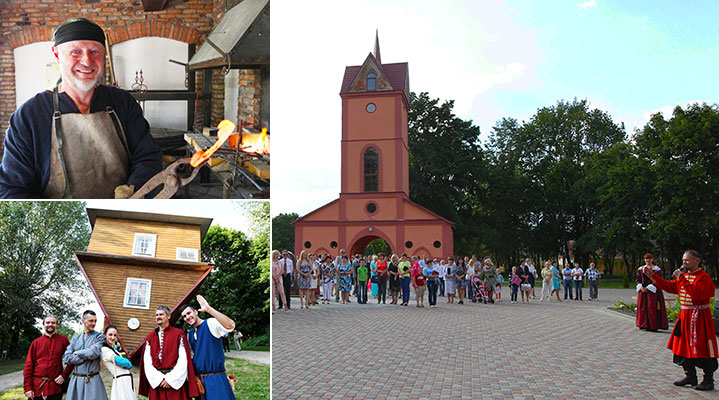 Dukorski Maentak is a former gentry estate which was owned by the famous families: Kezhgailos (Kiezgajlo), Zavishes (Zawisza), Shemets (Szemet), Oginskis, Oshtorps (Osztorp), Gartings (Harting). It seeks to recreate ancient nobility culture of Belarus. The historical horse riding and saber wielding school, flamboyant owners wearing traditional gentry apparel, the art of dancing and authentic live music, long-forgotten merrymaking in the outdoors, and surprisingly original festivities, revived dishes of the gentry cuisine and traditional beverages – all of it is enough to transport guests to the times that existed several centuries ago.
Dukorski Maentak is a former gentry estate which was owned by the famous families: Kezhgailos (Kiezgajlo), Zavishes (Zawisza), Shemets (Szemet), Oginskis, Oshtorps (Osztorp), Gartings (Harting). It seeks to recreate ancient nobility culture of Belarus. The historical horse riding and saber wielding school, flamboyant owners wearing traditional gentry apparel, the art of dancing and authentic live music, long-forgotten merrymaking in the outdoors, and surprisingly original festivities, revived dishes of the gentry cuisine and traditional beverages – all of it is enough to transport guests to the times that existed several centuries ago.
The 25 hectares Dukorski Maentak occupies is enough for a museum, an ancient park with a system of waterways, artisan workshops, a malt distillery, an inn, a bar, a gateway tower built in the late 18th century, a carriage shed that has been restored using photos and is as old as the gateway tower, a zoological garden, and a 400-year-old Wish Oak, guest houses, a rope course, and an unusual modern installation – an upside-down house.
Where: 15 Shkolnaya Street, the agrotown of Dukora, Pukhovichi District, Minsk Oblast.
GPS coordinates: 53.6738, 27.9683







 print version
print version make home page
make home page add to bookmarks
add to bookmarks
